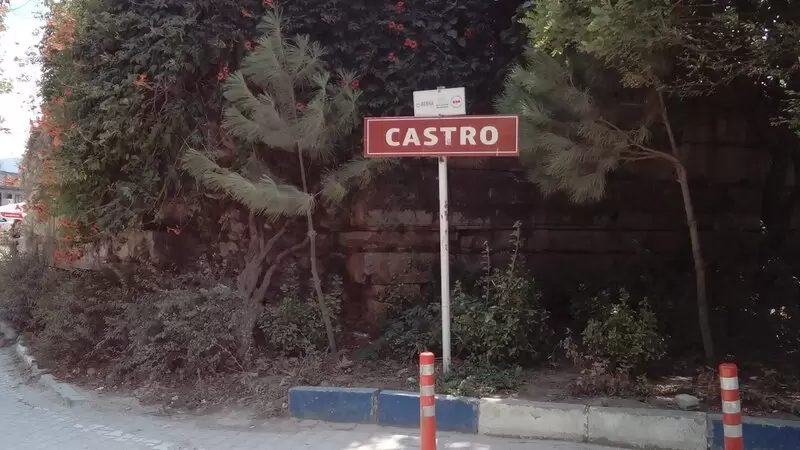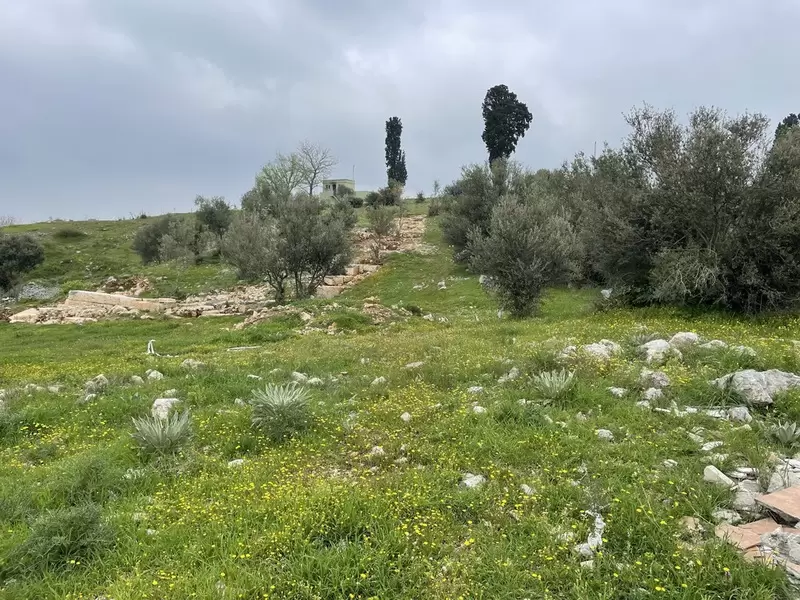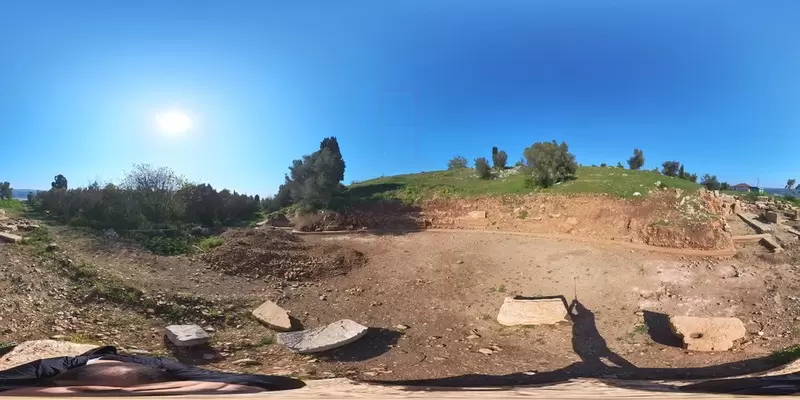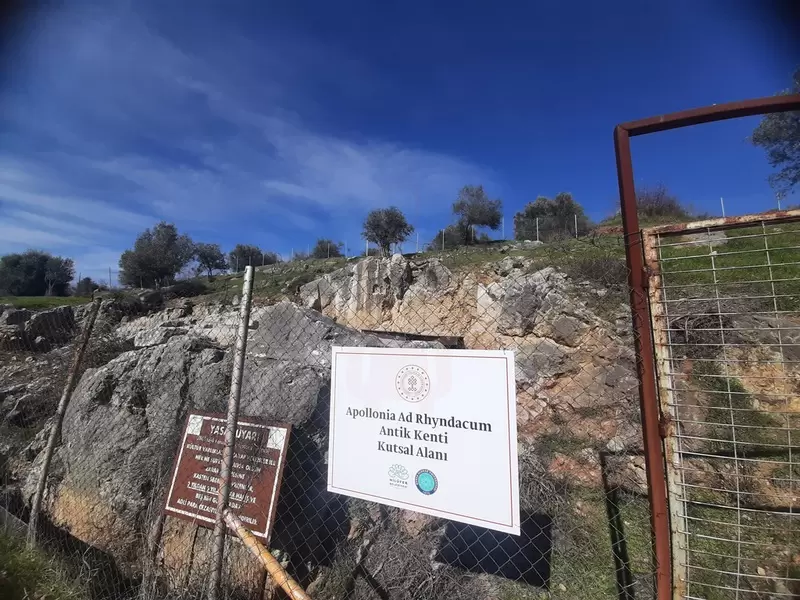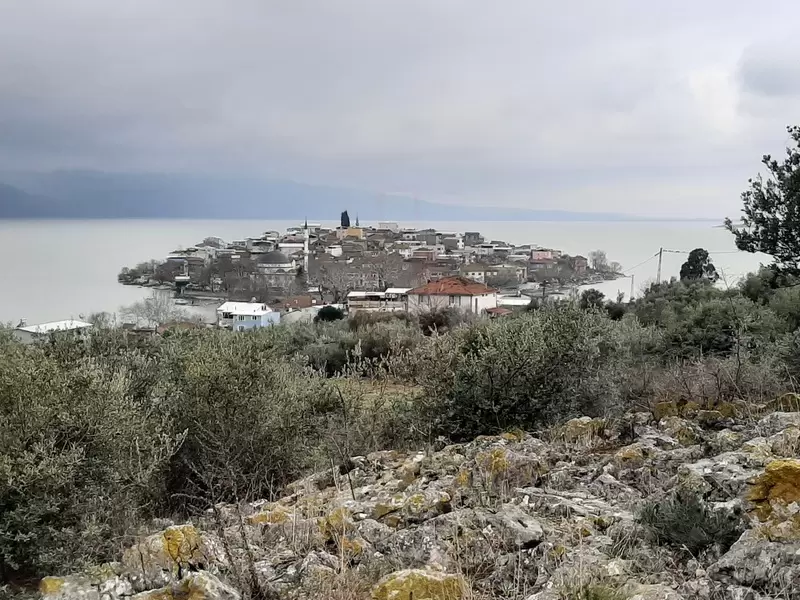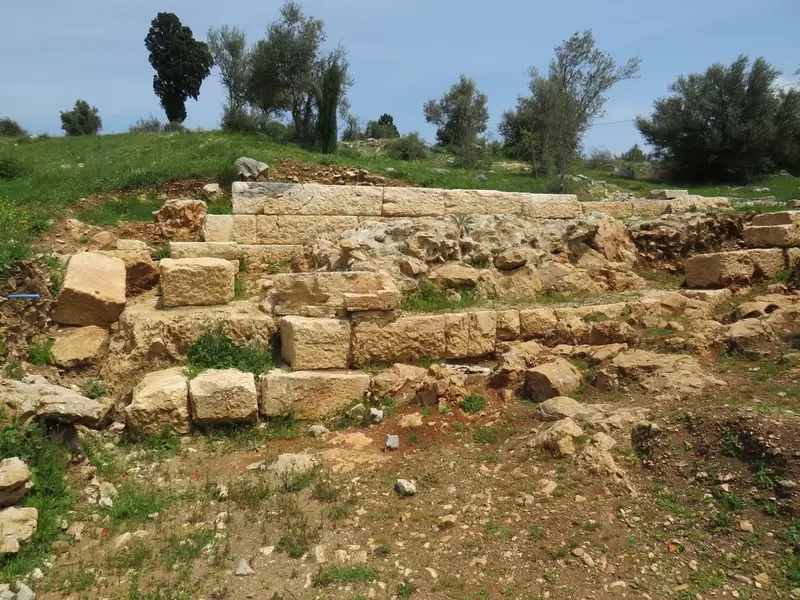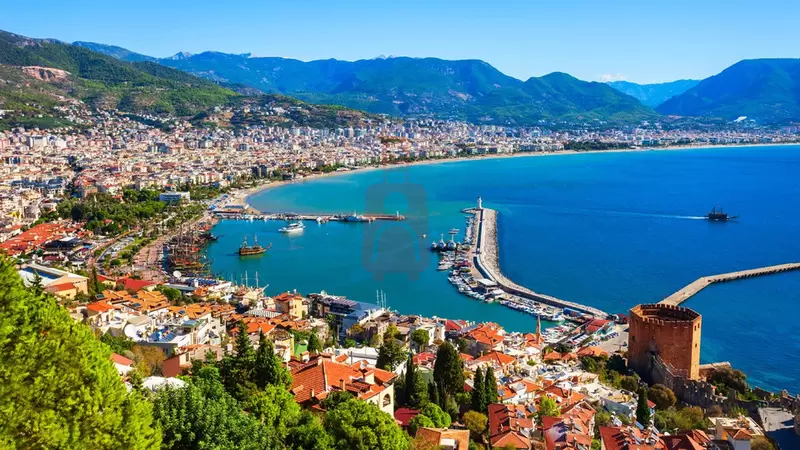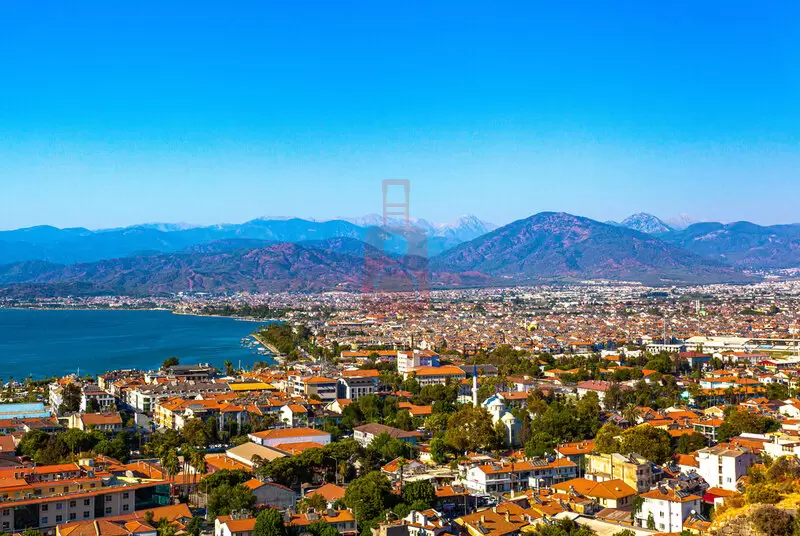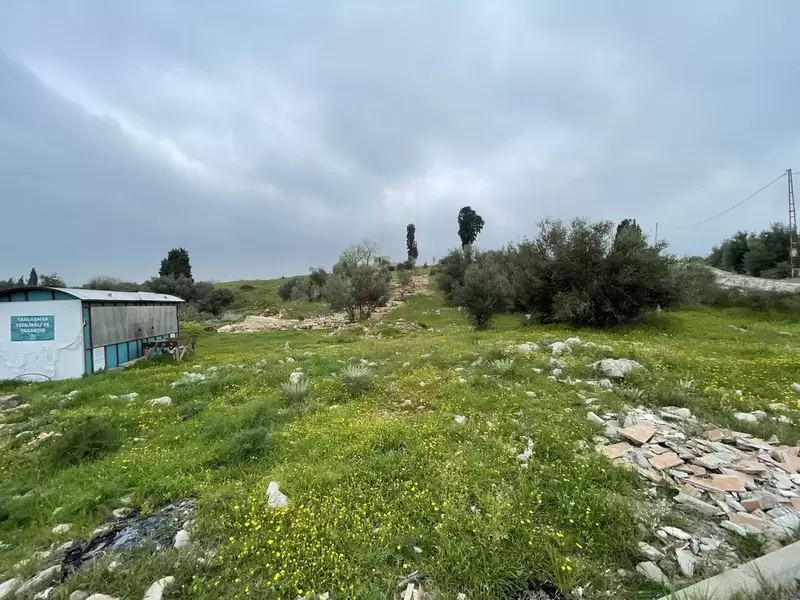
Welcome to Apollonia ad Rhyndacum Ancient City! Situated in present-day Turkey, Apollonia ad Rhyndacum is an archaeological site of historical significance. This ancient city flourished during the Hellenistic and Roman periods, serving as a strategic center along the trade routes of Asia Minor.
Historical Background:
Apollonia ad Rhyndacum, also known as Apollonia on the Rhyndacus, was
named after the Greek god Apollo and the nearby Rhyndacus River. It was
established as a Greek colony in the 3rd century BCE and thrived as an
important regional center for commerce, culture, and governance. The
city's strategic location contributed to its significance as a hub for
trade and communication between various regions.
Archaeological Highlights:
Exploring Apollonia ad Rhyndacum Ancient City offers a glimpse into its
ancient past. Although the site has not been extensively excavated,
there are several notable features and structures:
-
City Walls: The ancient city was surrounded by fortifications to protect it from external threats. The remains of the city walls provide insight into the defensive measures taken during ancient times.
-
Necropolis: A short distance from the city, you may find the necropolis, a burial ground where ancient inhabitants were laid to rest. These tombs offer clues about burial practices and the cultural beliefs of the people who lived in Apollonia ad Rhyndacum.
-
Ancient Roads: Traversing the site, you can observe remnants of ancient roads that once connected the city to other settlements in the region. These roads were vital for trade and communication in antiquity.
-
Archaeological Discoveries: Excavations in the area have uncovered various artifacts, including pottery, coins, and sculptures. Some of these findings can be seen in local museums, providing further insights into the daily life and culture of the ancient city.
Visiting Tips:
- As Apollonia ad Rhyndacum is not extensively excavated and lacks developed tourist facilities, it is advisable to plan your visit with appropriate expectations.
- Wear comfortable shoes suitable for walking on uneven terrain, as the site may involve some rough paths and scattered ruins.
- Carry water, sunscreen, and a hat, as shade may be limited.
- It is recommended to bring a local guide or consult with local authorities to gain a deeper understanding of the historical context and significance of the site.
Nearby Attractions:
While visiting Apollonia ad Rhyndacum, you may also explore other nearby
attractions in the region. Antalya, a popular tourist destination in
Turkey, offers a wealth of historical sites, beautiful beaches, and
vibrant culture. You can explore the ancient city of Perge, visit the
Antalya Archaeological Museum, or enjoy the stunning landscapes of the
region.
In conclusion, a visit to Apollonia ad Rhyndacum Ancient City provides an opportunity to uncover the remnants of this ancient hub of trade and culture. Although not extensively excavated, the city walls, necropolis, ancient roads, and archaeological discoveries offer a glimpse into the rich history of Apollonia ad Rhyndacum.
Please note that archaeological sites are subject to ongoing research, restoration, and accessibility may vary. It's advisable to check for the latest information and guidelines from official sources before planning your visit.
